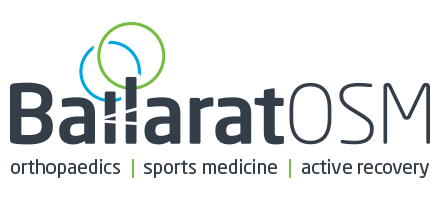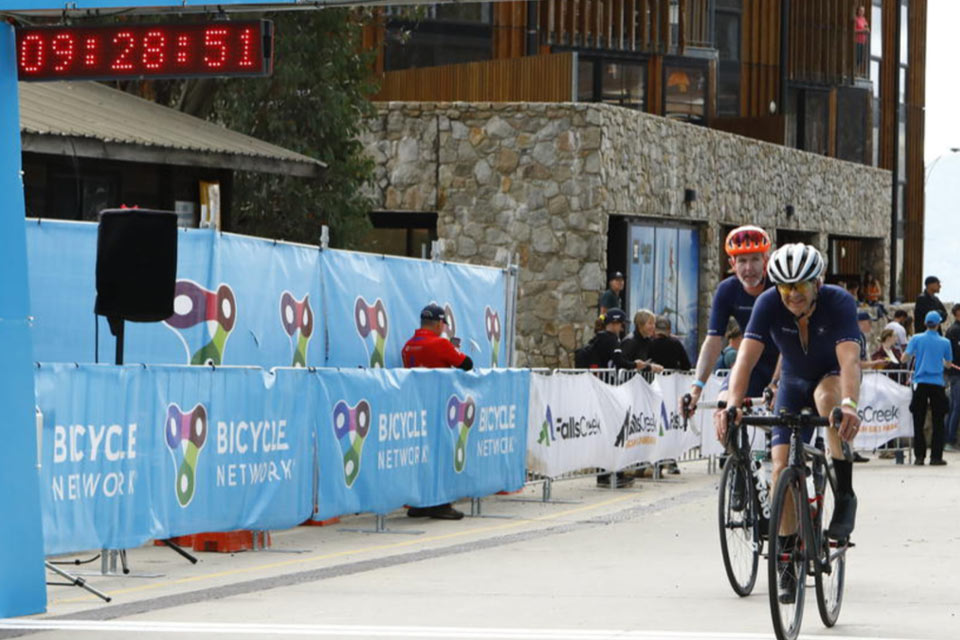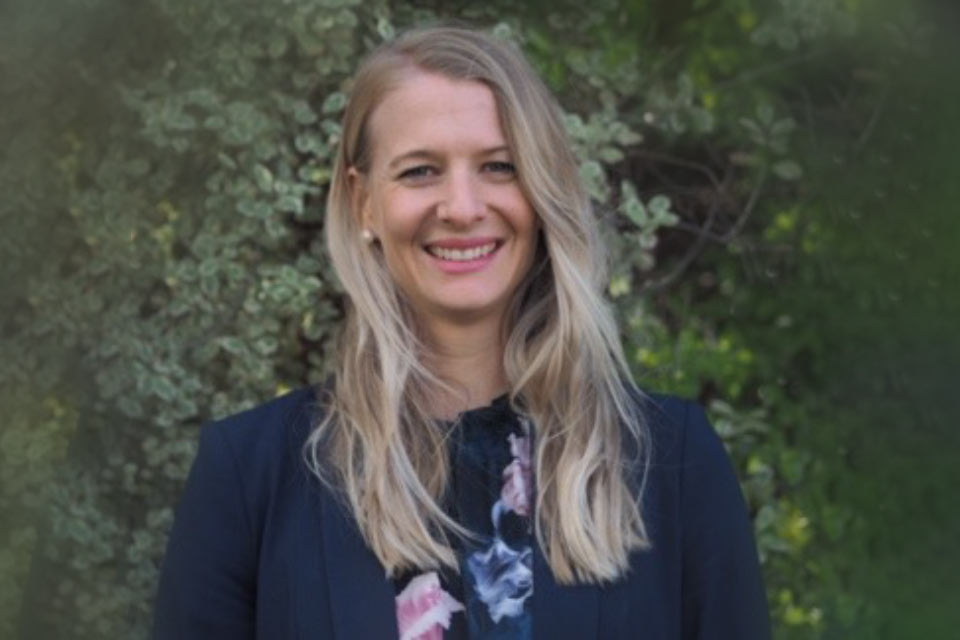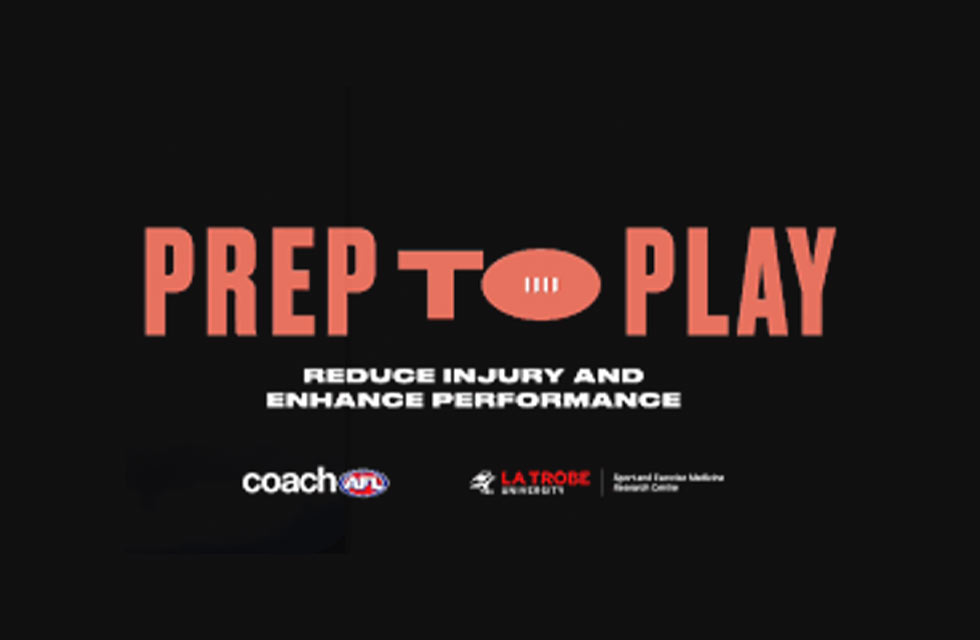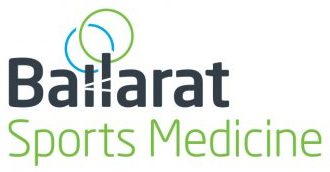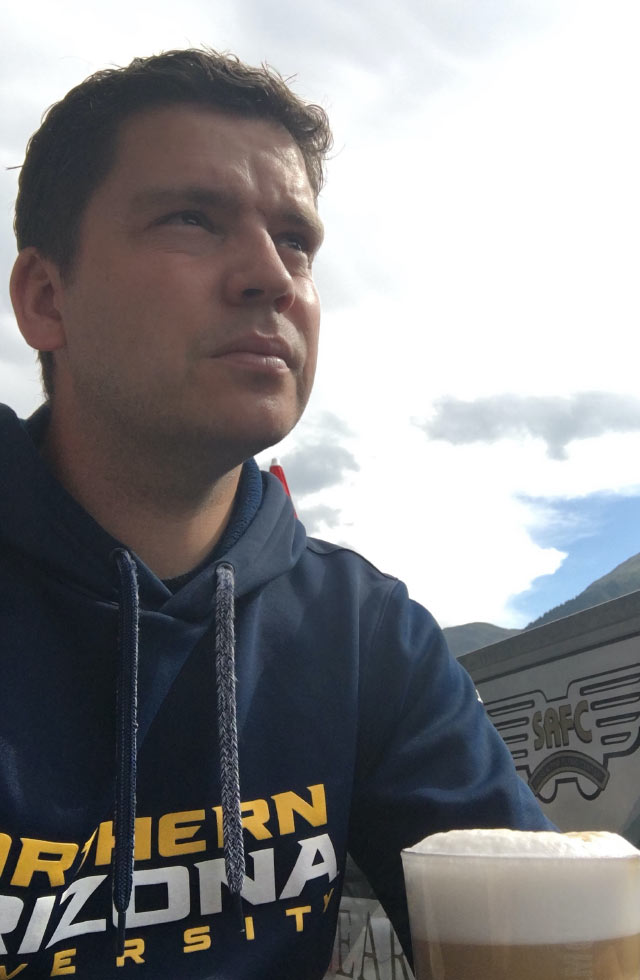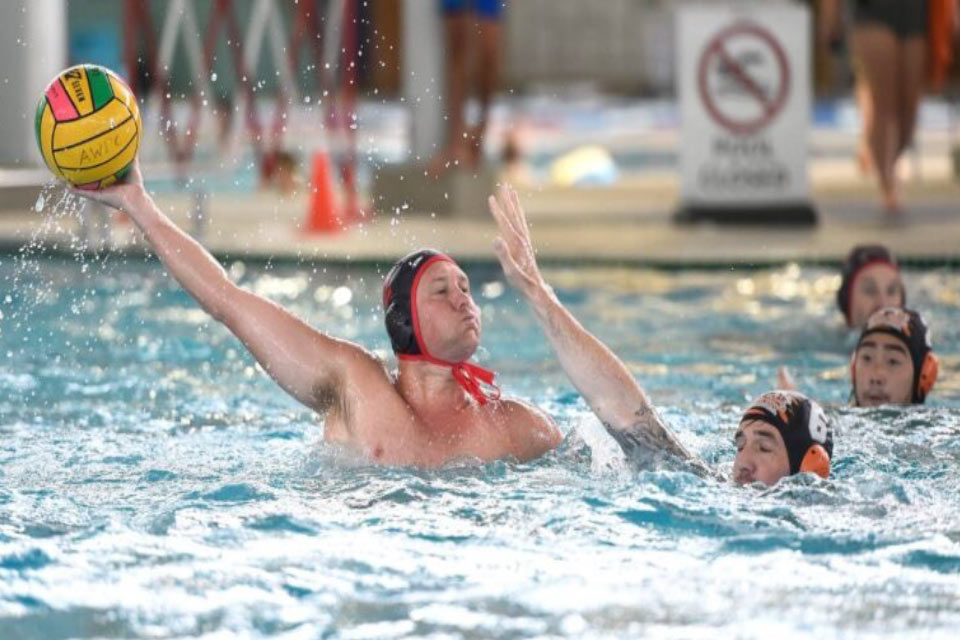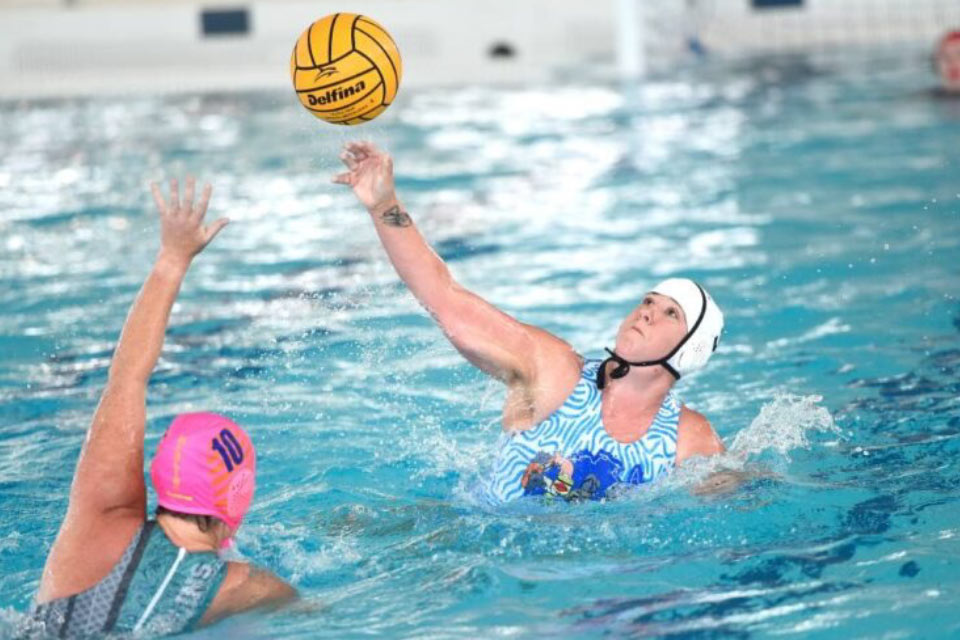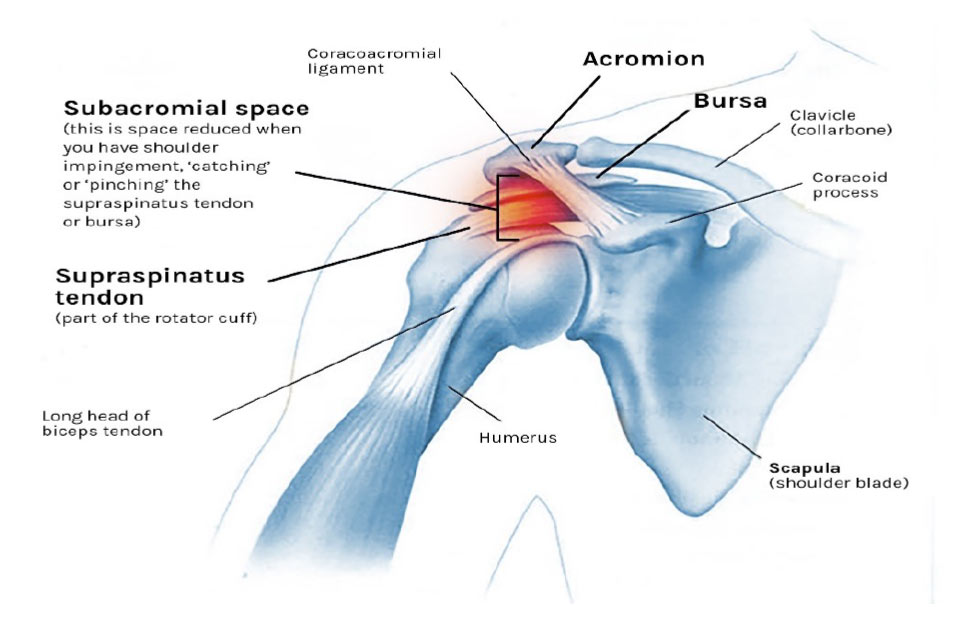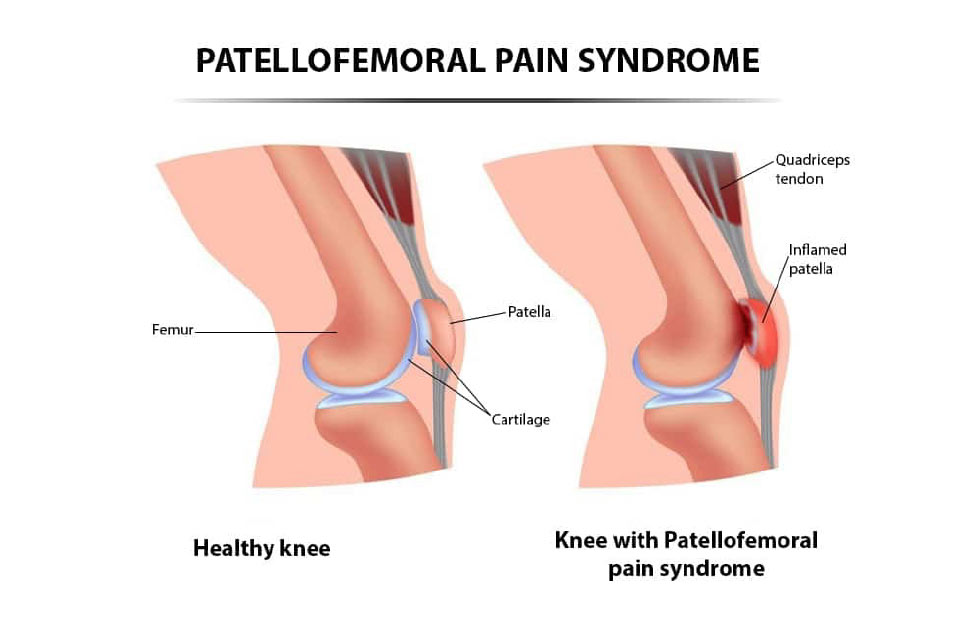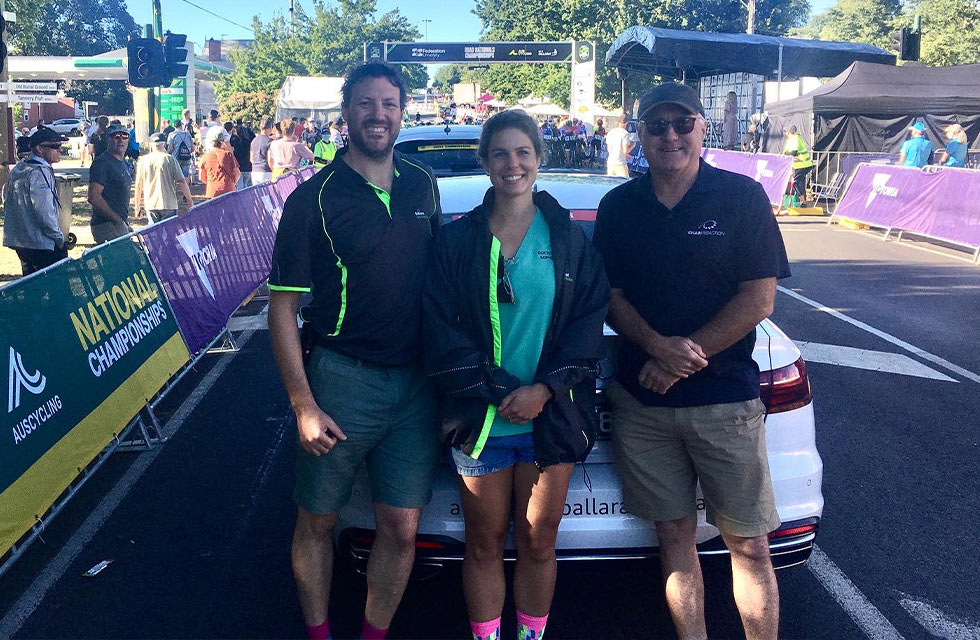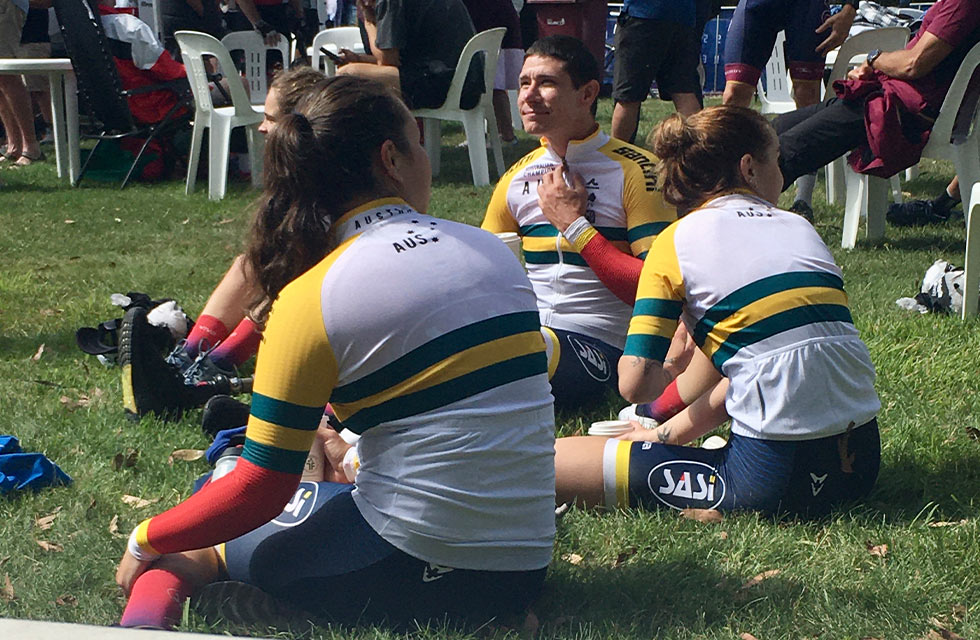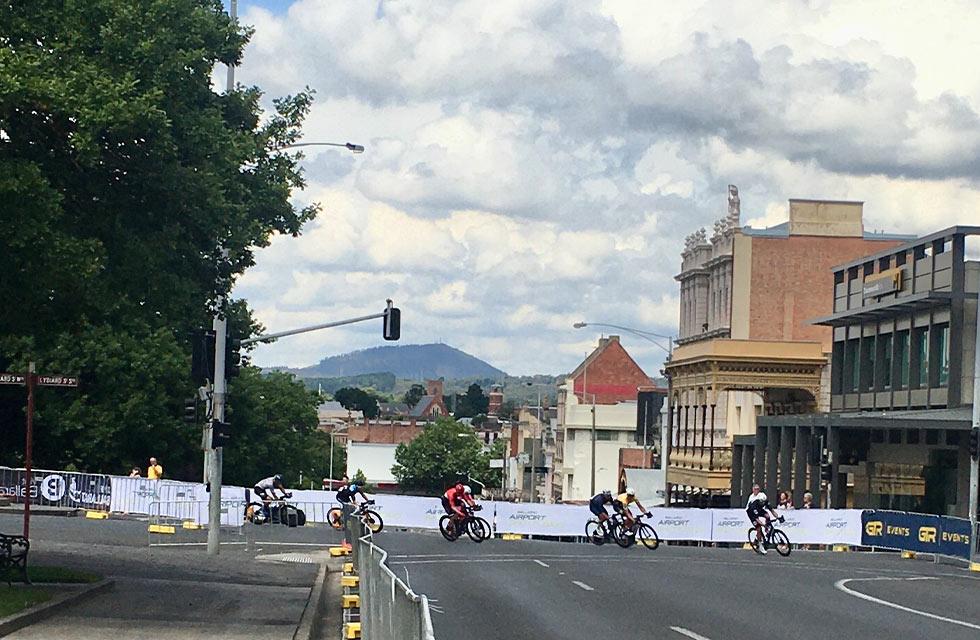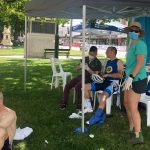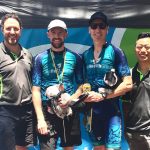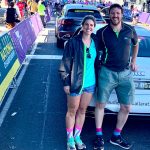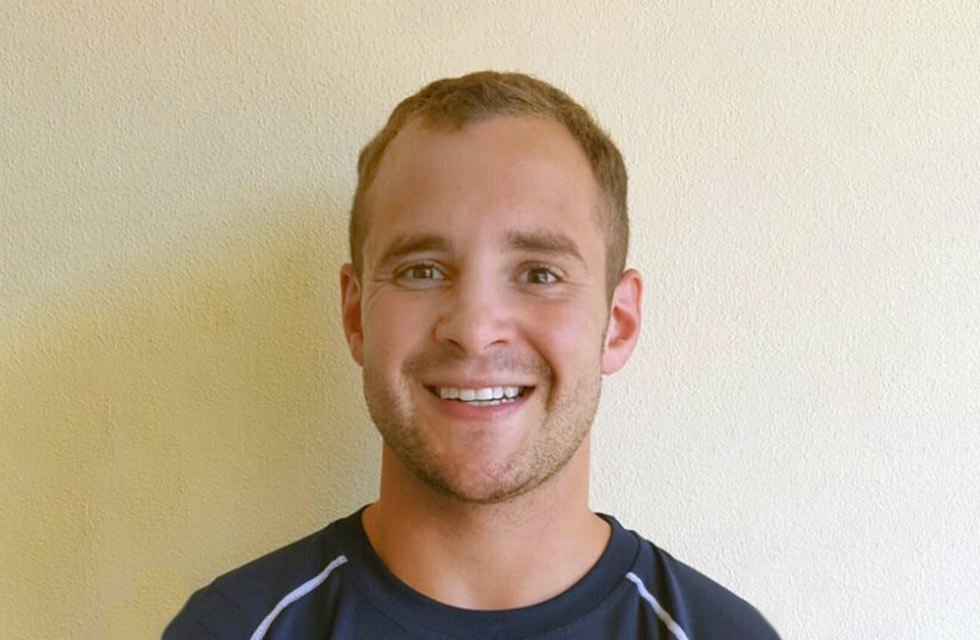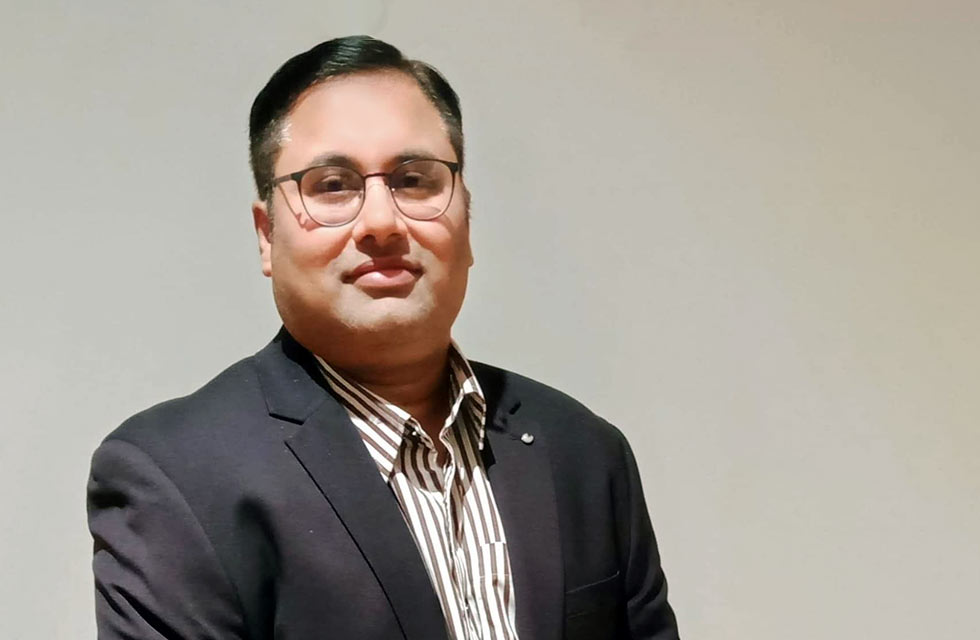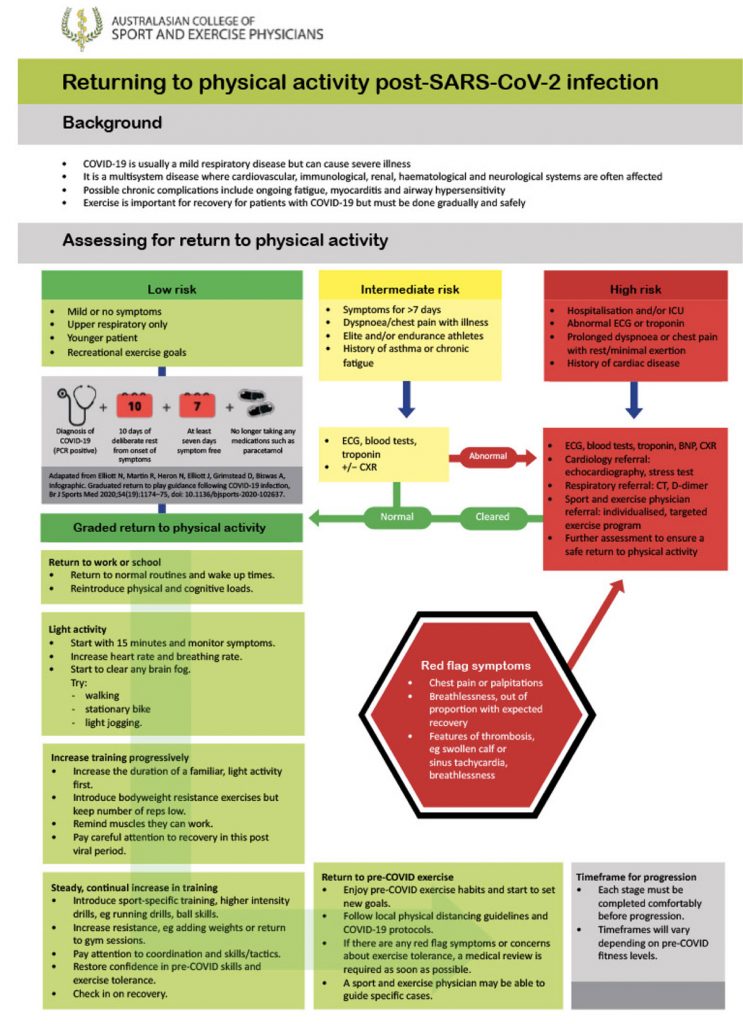Mr David Mitchell, Orthopaedic Surgeon and Dr Josh Collingwood, Rehabilitation Physician have completed the Peaks Challenge – one of the more gruelling bike rides in Australia.
235km. 4500m vertical climbing. From Falls Creek, one descends to Mt Beauty, across the Tawonga Gap to Harrietville, up Mt Hotham, down to Omeo, and up the back of Falls and across the high plains. Ironically, it was training for this ride that David had a spinal injury a year ago, but was allowed back on the exercise bike a week after surgery. Josh Collingwood, retired professional cyclist, now rehabilitation physician, saw this an opportunity for a special training program.
Individualised patient care!

